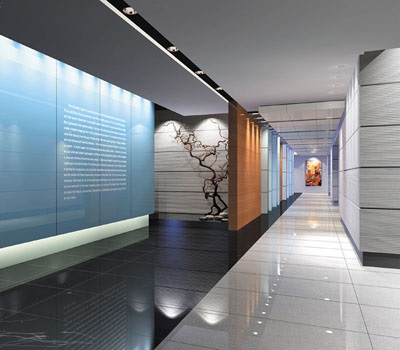When selecting a direct replacement LED lamp it is important to match the existing characteristics of the current lighting installation.

Upgrading to an LED lamp with different performance (colour temp., beam angle, etc) to the lamp being replaced will change the functionality of an existing installation. However, these characteristics don’t have to be compromised in the name of saving energy. Follow EYE Lighting’s guide to LED direct replacement lamps to ensure the LED upgrade is always successful.
1. Choose the Correct Base Size
Choose the size of the lamp base equivalent to the lamp that was previously installed - match type and dimensions.
2. Light Output
The brightness of an LED light source cannot be compared by wattage because this represents power consumed rather than light output, instead refer to the amount of exit lumens the LED lamp produces in comparison to the lamp being replaced.
3. Choose the Light Distribution Angle
Matching the correct beam angle of the existing lamp will ensure you are not left with dark spots or over-illumination. If you cannot determine the beam angle of your current lamp perform a quick search for the lamp model number on the manufacturer’s website.
4. Choose the Colour Temperature
There are three colour temperatures available – warm white, daylight and cool white. Warm white is usually preferred for bedrooms, while daylight is usually used for living rooms and cool white for office areas.
5. Check to Ensure the LED Lamp is Compatible with Existing Switch
Do not put a non-dimmable light source with a dimmable switch or vice versa. If the LED is dimmable ensure it uses a specific LED dimmer as some LED light sources are not compatible with halogen/ incandescent dimmers.
6. Check the Fixture
LED lamps require extra space to dissipate heat and should not be used in fully-enclosed fixtures.
7. Operating Temperature
Check the appropriate ambient temperature that the LED lamp can safely operate within and ensure it matches the temperature of the application where you plan to install it.
8. Size of the PAR Bulb
It is important to correctly match the bulb size of the LED PAR replacement product with the existing PAR lamp. The size can be easily determined by referring to the name of the lamp i.e. PAR 38 - the two numbers correlate to the bulb diameter in eighths of an inch (in this case 38/8 = 4.75” or 120mm). Most common PAR lamp sizes are as follows: PAR16 LED Bulb: 2” (50mm); PAR20 LED Bulb: 2.5” (64mm); PAR30 LED Bulb: 3.75” (95mm); PAR38 LED Bulb: 4.75” (120mm).
For a comprehensive guide to LED Lighting, download the EYE Lighting publication – All the KnowLEDge You Need (What you should know before installing LED Lighting).
For specific lamp product information, download the EYELITE Professional LED Direct Replacement Range booklet.
If you are still unsure, contact a lighting professional.
Keep an EYE open for further news and updates on LED lighting.

